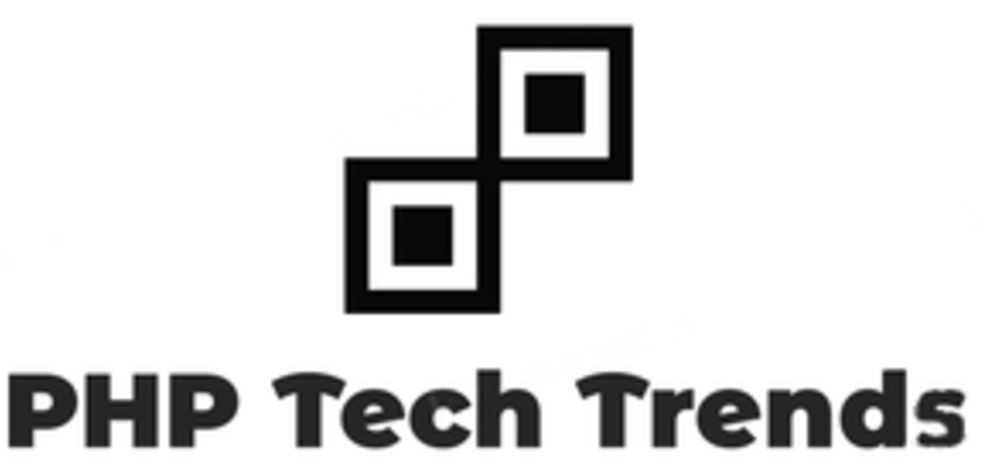Utilizing PHP in microservices-based API development allows developers to leverage the language’s strengths for building scalable and modular applications. Microservices architecture involves breaking down a monolithic application into smaller, independently deployable services, each responsible for a specific business capability.
By adopting these best practices, developers can effectively use PHP for microservices-based API development, creating a scalable, modular, and maintainable architecture. This approach allows for the flexibility to evolve and scale different components of an application independently, promoting agility and responsiveness in a rapidly changing development landscape.
The Importance of Utilizing PHP in Microservices-Based API Development
Utilizing PHP in microservices-based API development offers several advantages, contributing to the creation of scalable, modular, and efficient applications. PHP is widely adopted and has a large developer community, contributing to a rich ecosystem of libraries, frameworks, and tools. This ecosystem facilitates rapid development and integration of microservices.
PHP has micro-frameworks like Slim and Lumen, as well as full-stack frameworks like Symfony, which are well-suited for microservices development. These frameworks provide the necessary components for building scalable and lightweight APIs.
PHP’s simplicity and ease of use contribute to faster development cycles. This is crucial in microservices architecture, where agility and quick iterations are essential for delivering features and updates. PHP can seamlessly integrate with existing PHP applications and legacy systems. This is beneficial when transitioning from monolithic architectures to microservices, allowing for a phased and incremental approach.
The PHP community provides extensive documentation, tutorials, and forums. This support is valuable for developers working on microservices, ensuring they have access to resources and solutions. PHP is inherently designed for handling HTTP requests and responses, making it well-suited for building web APIs. It simplifies the development of RESTful services, which are common in microservices architectures.
PHP applications, including microservices, can be hosted on cost-effective and widely available hosting platforms. This is advantageous for organizations seeking budget-friendly hosting solutions. PHP frameworks often support middleware architecture, allowing developers to add custom logic to the request-response cycle. This is beneficial for implementing cross-cutting concerns like authentication and logging in microservices.
The importance of utilizing PHP in microservices-based API development lies in its developer-friendly features, compatibility with existing systems, strong community support, and versatility for building scalable and efficient APIs. PHP’s role in microservices aligns well with the principles of modularity, independence, and rapid development, making it a practical choice for organizations adopting microservices architectures.
Best Practices for Utilizing PHP in Microservices-Based API Development
When utilizing PHP in microservices-based API development, it’s crucial to follow best practices to ensure scalability, maintainability, and optimal performance. Here are key best practices for leveraging PHP in a microservices architecture:
- Choose a Lightweight Framework: Select a lightweight PHP micro-framework like Slim or Lumen for building microservices. These frameworks are designed for minimal overhead and efficient API development.
- Follow RESTful Design Principles: Design APIs following RESTful principles, defining clear resource endpoints, and using HTTP methods appropriately. This ensures a consistent and predictable API structure.
- Use Composer for Dependency Management: Leverage Composer for managing dependencies in your PHP microservices. This simplifies the integration of third-party libraries and ensures version consistency across microservices.
- Containerization with Docker: Implement Docker for containerization, encapsulating each microservice and its dependencies. This enhances portability, consistency, and scalability across different environments.
- Implement API Gateway: Use an API gateway to manage API requests and responses. The API gateway can handle common functionalities such as authentication, rate limiting, and request routing, simplifying communication between clients and microservices.
- Service Discovery: Implement service discovery mechanisms to enable microservices to locate and communicate with each other dynamically. Tools like Consul or etcd can assist in service registration and discovery.
- Authentication and Authorization: Implement robust authentication and authorization mechanisms for securing API endpoints. Use OAuth 2.0 or JSON Web Tokens (JWT) to control access to microservices.
- Logging and Monitoring: Incorporate logging and monitoring into each microservice. Use tools like the ELK Stack (Elasticsearch, Logstash, Kibana) for centralized logging and monitoring services for tracking and analyzing performance.
- Error Handling and Resilience: Implement consistent error handling mechanisms across microservices. Use circuit breakers and retry strategies to enhance resilience and fault tolerance.
- Database Separation: Separate databases for microservices to ensure data independence. Each microservice should manage its own data store, and communication between services should occur through APIs.
- Message Queues for Asynchronous Communication: Use message queues for asynchronous communication between microservices. This decouples services, improves scalability, and allows for better responsiveness.
- Versioning APIs: Plan for API versioning to manage changes without breaking existing client applications. This allows for backward compatibility and a smooth transition for consumers of the API.
By adhering to these best practices, developers can effectively utilize PHP in microservices-based API development, creating a robust, scalable, and maintainable architecture. These practices contribute to the successful implementation of microservices, allowing for independent deployment, seamless integration, and efficient communication between services.
Real-life Examples of Utilizing PHP in Microservices-Based API Development
Several organizations have successfully implemented microservices-based API development using PHP. Here are real-life examples of companies that have leveraged PHP in their microservices architecture:
1. Slack: Slack, a popular collaboration platform, uses PHP for some of its microservices. PHP, along with other technologies, contributes to the backend services that handle various functionalities within the Slack ecosystem.
2. Booking.com: Booking.com, a leading online travel agency, has adopted a microservices architecture for its platform. While the full technology stack is diverse, PHP is used in specific microservices to handle tasks such as user authentication, reservation management, and other booking-related functionalities.
3. Etsy: Etsy, an e-commerce platform, utilizes PHP in its microservices architecture. PHP is employed for backend services that handle aspects of the platform’s functionality, contributing to the overall modularity and scalability of the system.
4. SoundCloud: SoundCloud, a popular audio streaming platform, uses PHP in its microservices to power various backend components. PHP, along with other technologies, contributes to the services responsible for user management, content delivery, and other functionalities.
5. BlaBlaCar: BlaBlaCar, a ride-sharing platform, employs microservices architecture to manage its complex and scalable platform. PHP is used in specific microservices to handle tasks such as user authentication, communication between users, and other backend services.
6. Zalando: Zalando, a European e-commerce company, has embraced microservices to build a scalable and resilient platform. PHP is used in specific microservices for tasks related to product catalog management, user authentication, and other backend functions.
7. Tumblr: Tumblr, a microblogging and social networking platform, utilizes PHP in its microservices architecture. PHP is employed for backend services that handle user interactions, content delivery, and various aspects of the platform’s functionality.
8. Mailchimp: Mailchimp, an email marketing platform, employs microservices to provide scalable and efficient services. PHP is used in some microservices to handle tasks related to user account management, email campaign processing, and other backend functionalities.
9. Vimeo: Vimeo, a video-sharing platform, has adopted microservices for its backend architecture. PHP is utilized in specific microservices for tasks related to video processing, user authentication, and other backend functions.
10. WordPress.com: WordPress.com, a widely-used content management system, uses PHP in its microservices architecture. PHP powers various backend services that handle content creation, user management, and other functionalities within the WordPress ecosystem.
These examples illustrate how PHP can be effectively integrated into microservices architectures, contributing to the development of scalable, modular, and efficient backend services. While these companies may use a variety of technologies in conjunction with PHP, the language plays a significant role in building specific microservices that power different aspects of their platforms.
Conclusion of Utilizing PHP in Microservices-Based API Development
The utilization of PHP in microservices-based API development offers a pragmatic and effective approach to building scalable, modular, and maintainable applications. The real-life examples of companies successfully leveraging PHP in their microservices architectures highlight the language’s versatility and suitability for backend services within a microservices ecosystem.
The use of PHP in microservices aligns with the need for continuous improvement. Regular updates, testing, and deployment through CI/CD pipelines contribute to the agility and responsiveness required in dynamic business environments.
PHP’s role in microservices-based API development is well-established and continues to be a viable choice for organizations aiming to build scalable and flexible architectures. The combination of PHP’s developer-friendly features, extensive community support, and adaptability to diverse use cases positions it as a valuable tool in the evolving landscape of microservices development.

